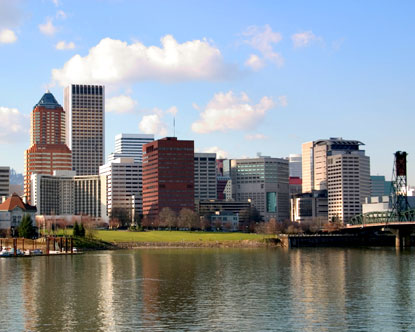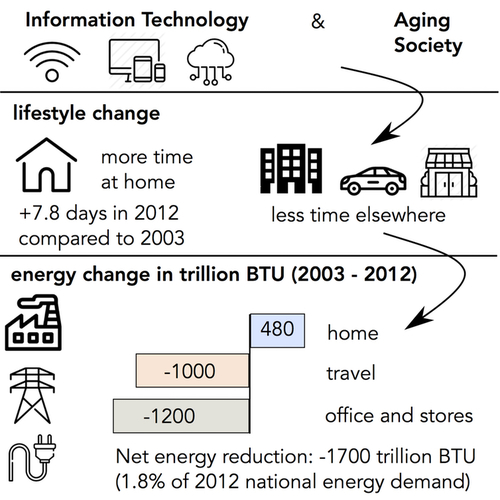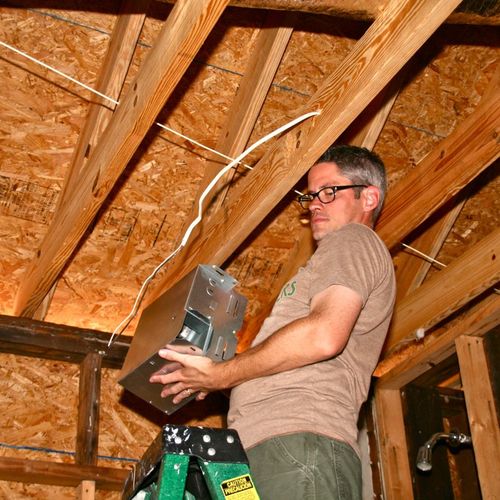
70% energy savings are not only possible, they can be affordable. Why we need, and what we don’t know about, deep energy retrofits
At the recent Affordable Comfort conference in Portland, Oregon, I was on a really interesting panel with Linda Wigington of Affordable Comfort, Katrin Klingenberg of the Passive House Institute US, and Alistair Jackson of O’Brien and Company (we—and the audience—had superb “adult supervision” from a leading Portland architect, Nathan Good). The question the panel wrestled with was this: Just how low can we get the total household energy use of existing homes when we do whole-house retrofits on different building types in different climates?
We need to know a lot more to answer this question
All the panelists are shooting for about 70+% total energy reduction in existing homes. But frankly, there simply is not enough information available or research completed to make our way from a modest and straightforward 20 – 30% savings up to 70 – 90% for all the shapes, sizes, and locations of existing homes throughout the US.
So that’s where the Thousand Home Challenge comes in. This initiative, spearheaded by Affordable Comfort Inc., is designed to do three things: encourage all manner of organizations to undertake deep energy retrofits, document the way in which 1,000 of these projects from all over the country achieve 70%+ total household energy savings, and develop the tools needed to make it possible to do thousands more. I like the fact that Affordable Comfort is taking the lead on the Thousand Home Challenge–their focus on the systems approach to energy savings will make sure that the work includes climate-tuned building science.
Isn’t 70 – 90% energy savings outlandish?
Now, that’s a funny word—outlandish. It means strikingly unfamiliar or extremely unconventional. I, and others on the panel, argue that we are in strikingly unfamiliar and extremely unconventional times, both economically and environmentally. There is disturbing instability in both our economic and environmental systems. For the health of both our climate and our economy, we may well need bold new approaches to the way we build and renovate our homes (see Alex Wilson’s thought-provoking editorial in Fine Homebuilding, “Fixing Our Homes Can Help Fix Our Country”). And if you are unsure of the impending risks to our economy and the investments it will require to protect them, have a look/listen to this piece from NPR’s Morning Edition: “Controls, Cash Aid in Slashing Greenhouse Gases.”
So let’s keep those bold new approaches coming. I have missed plenty of the ideas offered at the session and you probably have more of your own. What’s your plan for when the —- hits the fan?
Weekly Newsletter
Get building science and energy efficiency advice, plus special offers, in your inbox.















3 Comments
ACI
Is Linda still keeping her heat at 50 and wearing lots of sweaters?
ACI
But of course. I think that she is on to something because we don't need houses to be comfortable, just the people in them. Someday we will all be wearing special comfort suits under our fashion outerwear and we will "background" condition or maybe task heat or cool particular areas of the living space.
Comfort Suit
Peter, someday is now. As seen on TV....
https://www.getsnuggie.com/flare/next
Log in or create an account to post a comment.
Sign up Log in